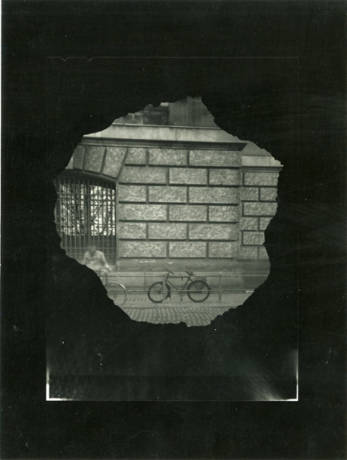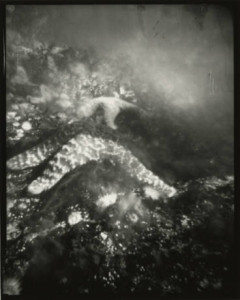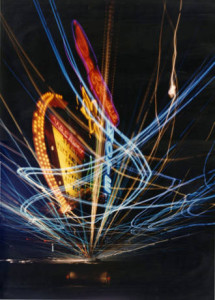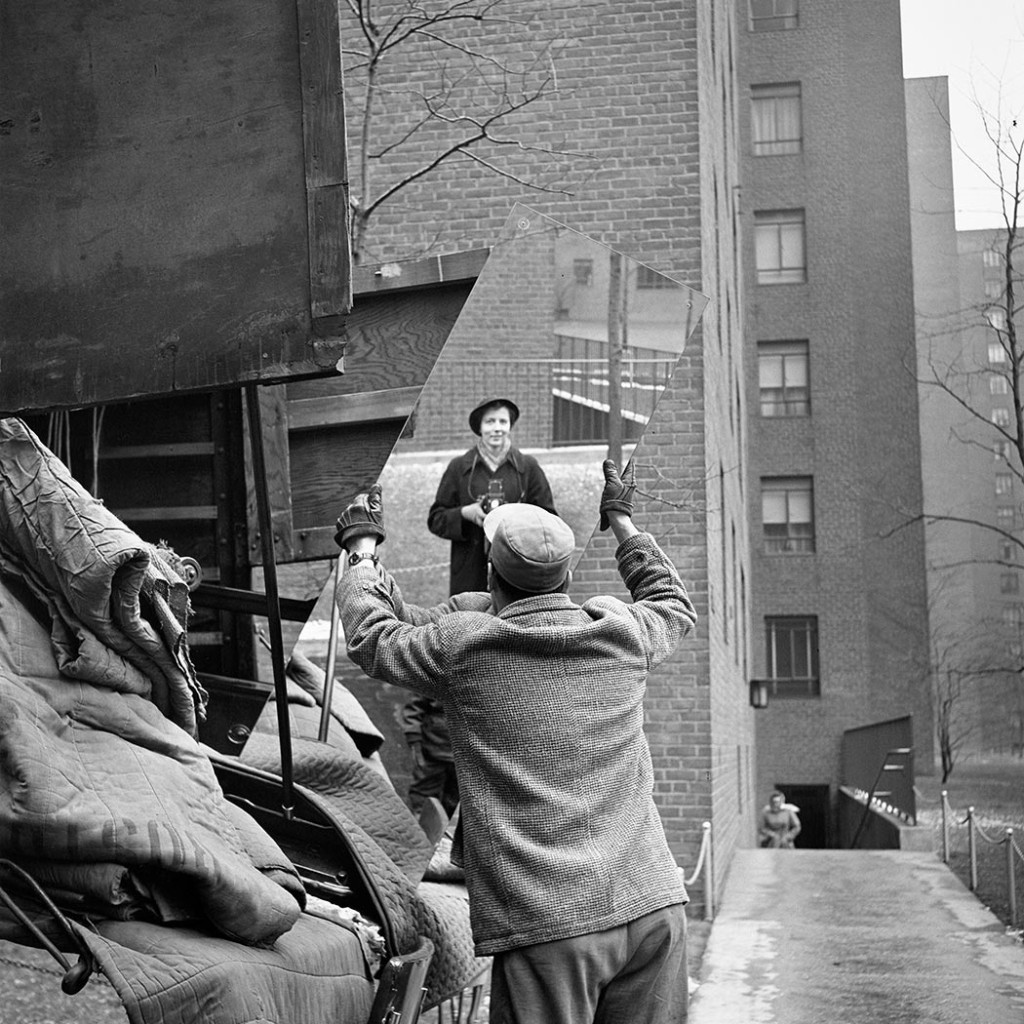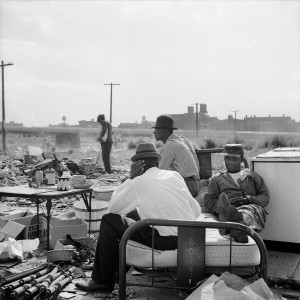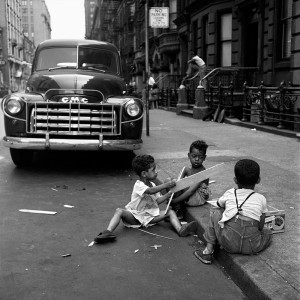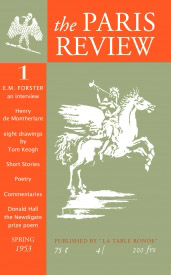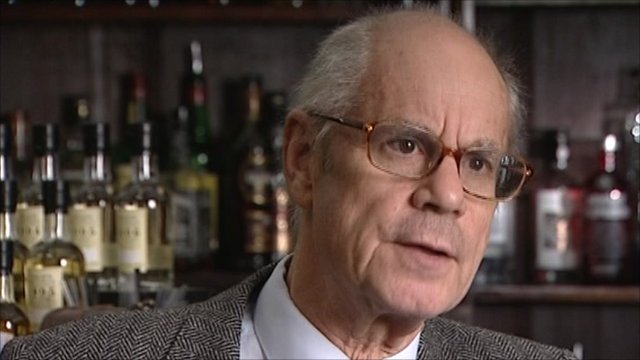Wine rejoices the heart of man and joy is the mother of all virtues.
— Johann Wolfgang von Goethe
(28 August 1749 – 22 March 1832)
On a clear and beautiful day in late December 1999, wandering around the town of Malcésine on the north-east shore of Lago di Garda (Lake Garda, Italy) we happened to see a bronze plaque on a building and, as I always do, walked closer to investigate. It was one of those “a famous person slept here” signs. In this case it was for Goethe and I was delighted because the stop became a featured episode in his escape-from-official duties-journey that had been spawned by a period of mental turmoil.

- Here J.W.Goethe made a drawing of the castle in Sept. 1786
Goethe’s visit to the city on September 13, 1786 was unplanned. Intending to travel by oared boat from the north end of the lake, at Torbole, to the south near Sirmione and thence to Italy’s archaeological wonders, he encountered a storm with contrary winds. Lacking sufficient manpower, the boat pulled into port at the city of Malcésine to wait it out. Always a man of industry, Goethe assembled his drawing instruments at a quiet spot on Via Castello to sketch Scaliger Castle. The plaque above commemorates the location.
Finding a man with a German accent engaged in detailed drawing of the fortress, local citizens thought he might be an Austrian spy and reported his sketching activity to authorities. Goethe recounts the story in Italian Journey, his book published many years (1816-1817) after the incident:
This evening I could have already been in Verona, but here nearby there was this majestic wonder of nature, this delightful picture called Lake of Garda, and I did not want to miss it. I was profusely rewarded for having taken the longer way.
Rowing was impossible against the strong wind, so we were forced to land at Malcesine. This is the first Venetian village on the eastern shore of the lake Garda… I want to take full advantage of this stop, especially to draw the castle beside the lake, which is a good subject…I made a sketch today when I passed in front of it.— September 12th, 1786, Malcesine, Italy.
Next day: As usual, I spent some time at the old castle which is open to all because it lacks windows and doors and has no custodian or guards. In the castle courtyard I sat in front of the tower built upon a rock. I found a cozy place to draw, sitting near a closed door three or four steps above the ground…
Goethe was brought before the local magistrate based on the suspicion he was an Austrian spy. He was saved from imprisonment, or worse, by a man familiar with Frankfurt, Goethe’s hometown. The man testified that Goethe was, indeed, German and and not Austrian. (The Habsburgs ruled much of northern Italy and there were always tensions with the independent bordering states such as Venice that controlled eastern shore areas of the lake.)
Scaliger Castle has a small museum about Lago di Garda, Goethe and Monte Baldo, the peak that towers over the town. The museum has a room dedicated to Goethe and his visit with copies of the sketches that caused all the trouble. Goethe said that it was in Malcésine that he began to write Iphigenia.
The internet has many instances of a story about Goethe that I have been unable to ferret out in an original source. All the instances of the story must have been originally copied from one source as they all read alike, word for word:
Goethe, a famous German poet, once was asked, which three things he would take to an island. He stated: Poetry, a beautiful woman and enough bottles of the world’s finest wines to survive this dry period! Then he was asked what he would leave back first, if it was allowed to take only two things to the island. And he briefly replied: The poetry! Slightly surprised, the man asked the next question: And Sir, what would you leave back if only one was allowed? And Goethe thought for a couple of minutes and answered: It depends on the vintage!
As a side note about the area, three kilometers south of the town is the village of Cassone, home to the Aril River, the world’s shortest at 175 meters long!
Ein echter deutscher Mann mag keinen Franzen leiden,
Doch ihre Weine trinkt er gern.
A true German can’t stand the French,
Yet gladly he drinks their wines.
— Goethe, “Auerbach’s Cellar”, Faust, Part 1 (1808)
Like this:
Like Loading...
